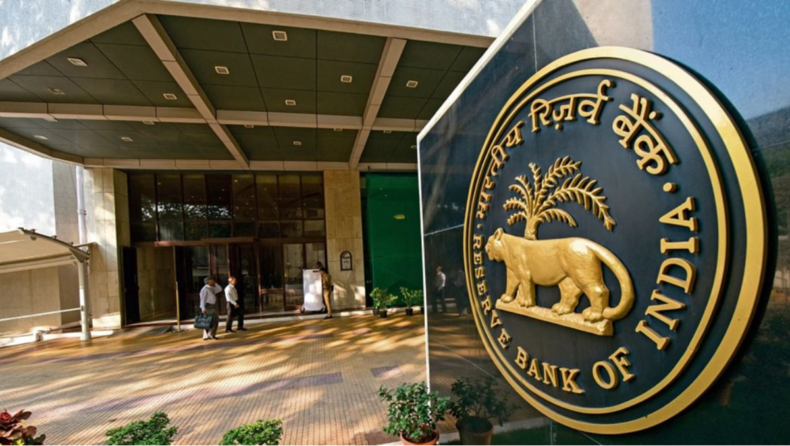The reserve bank of India increased the repo rate by 50 basis points to 5.40%. It is the highest it has been since August 2019.

Highlights
- RBI increased the repo rate by 50 basis points to 5.40%.
- RBI’s increased repo rate will make the loans more expensive.
- All home, auto and personal loans will get expensive.
- Borrowers need to pat more higher EMIs.
The Reserve bank of India (RBI) has increased the repo rate by 50 basis points to 5.40%. RBI has been increasing the repo rate for a while now.
RBI had increased the repo rate by 90 basis points in the past 2 policies. RBI’s monetary policy committee (MPC) announced that the repo rate hike is to keep control the inflation.
The increased repo rate is the same as it was during the pre-pandemic. The Repo rate has been the main focal point for the government of India and RBI.
What does it mean to increase the repo rate?
The Repo rate is the rate of interest charged by the central bank on the cash borrowed by the commercial banks.
Let’s take an example to understand it properly, If the repo rate is 5% and the loan taken by the Commercial bank is Rs 5,000, then the interest paid to the RBI is Rs 250.
Now, the consequences of the increased repo rates are:
- All the loan interest will be increased relative to the increased rate.
- All home, auto and personal loans will be affected by the increase in repo rate.
- The interest paid by the people and commercial banks will increase as a result.
- The number of loans taken will decrease because of the increase in the repo rate.
- EMIs will be higher than expected and the housing financing institution will increase their lending as it will benefit them.
This marks the increase of the repo rate by 140 basis points in 2022. RBI has been keeping check inflation with this method.
RBI are the ones who always keeps the track of the inflation and by increasing the repo rate, the number of loans taken will be decreased and the inflation will be in check.













